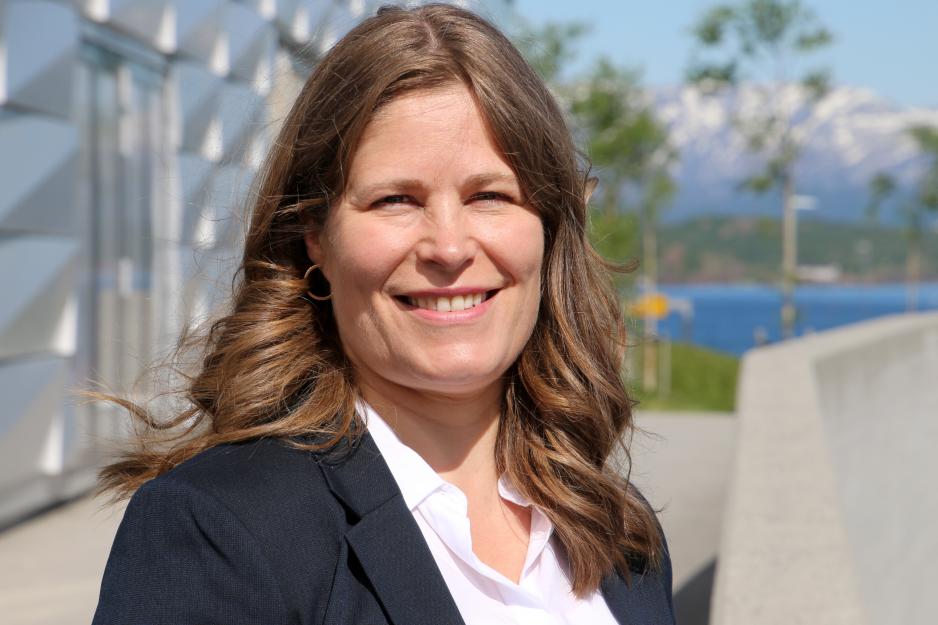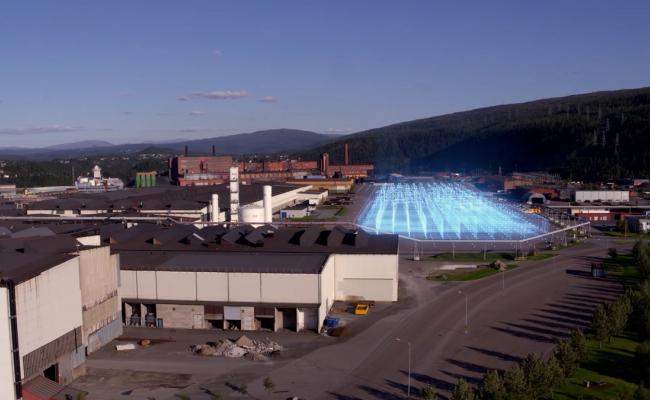The Green Shift Needs the Mineral Industry, Says Linda Haukland (KrF)

“It is important that value creation is noticed locally. In the High North, the reindeer herding industry will be particularly challenging. The only thing one can do, is to cooperate and find solutions together”, says Nordland County Councilor for Planning and Industry Linda Haukland. (Photo: Susanne Forsland, Nordland County)
“If we are to continue having a technological development, we will have to extract the metals needed for mobile phones, electric cars, windmills, and batteries”, says Nordland County Councilor for Planning and Industry Linda Haukland.
Minerals and metals are crucial if reaching the UN’s climate panel’s goal of reducing climate gas emissions by 40 to 50 percent by 2030 is to be possible at all.
According to a World Bank report, the technology required in a future of lower carbon emissions is expected to lead to significant demand for a broad range of minerals and metals.
According to the [Norwegian] government, the Green Shift requires increased extraction of different types of minerals such as e.g. copper for use in windmills, batteries, solar cells, and electrical cars.
The High North could become an important arena for the sustainable exploitation of these resources.
Working to promote predictability for the mineral industry
Linda Helén Haukland (KrF/Christian Democrats), Nordland County Councilor for Planning and Industry, works actively to promote the mineral industry and produce proposals for better framework conditions and more predictability for the industry collaboration with directorates and organizations.
What is problematic about the current framework conditions and license processes for the industry?
“The first mineral issue I raised this year was a 15-year-old issue about gold mining in Bindal. It takes so long because there are three laws involved, the Minerals Act, the Planning and Constructions Act, and the Pollution Act. These are considered by a number of offices and directorates, in addition to the ministry. When these are assessed successively, like today, processes are dragged out in time and there is leeway for any number of re-matches, Haukland says to High North News.
It takes so long because there are three laws involved, the Minerals Act, the Planning and Constructions Act, and the Pollution Act.
How can this be simplified?
“The first thing would be to arrive at political agreement about what would be the right measures to take, as well as to build understanding for why having a mineral industry in the High North would be advantageous. This was what we tried to do with the joint Mineral Strategy for Northern Norway, which was adopted in 2019. We have established a solid and close relationship with the Troms and Finnmark County Councilor. Political work has primarily been in relation to the Environmental Protection Office, the Directorate for Minerals as well as the Ministry for Trade, Industry and Fisheres, yet also through communication work”, Haukland says and adds:
“We tie the mineral industry to the Green Shift. If we are to continue having a technological development, we will have to extract the metals needed for mobile phones, electric cars, windmills, and batteries. Today, some of the metals used in technology come from slave labor. I believe we carry a responsibility in relation to this.”

The Ministry of Trade, Industry, and Fisheries in February 2019 granted the Nussir ASA mining company license to commence mining in Nussir and Gumppenjunni in the Reppar Fjord in Finnmark, Norway. The licensing process took more than 15 years. Copper is to be extracted from two mountains, Nussir and Ulveryggen. (Photo: Nussir)
Towards sustainable mining
The mining association’s interest organization Norsk Bergindustri wants to improve environmental and social praxis in the mineral industry and launched the Canadian system “Towards Sustainable Mining” (TSM) last year. TSM is a tool and reporting system to measure and make visible the work on sustainability that is carried out amongst Norsk Bergindustri’s members.
How does one manage to create good co-existence between the mineral industry, local communities, other industries, and Sami interests?
“We have supported introducing TSM in the mining industry. This consists of, amongst others, establishing good neighborly relations. All measures taken and interventions made by the industry should also contribute to developing good neighborly relations. This has to be implemented from the very start. It is important for value creation to be noticed locally. In the High North, the reindeer herding industry will be particularly challenging. It is thus important to cooperate and find solutions together early on in the process.”
The Norwegian geological surveys (NGU) estimates that Norway holds a potential for known and examined metal and mineral resources of some NOK 2,500 billion in first-hand value.
Also read
This article was originally published in Norwegian and has been translated by HNN's Elisabeth Bergquist.



